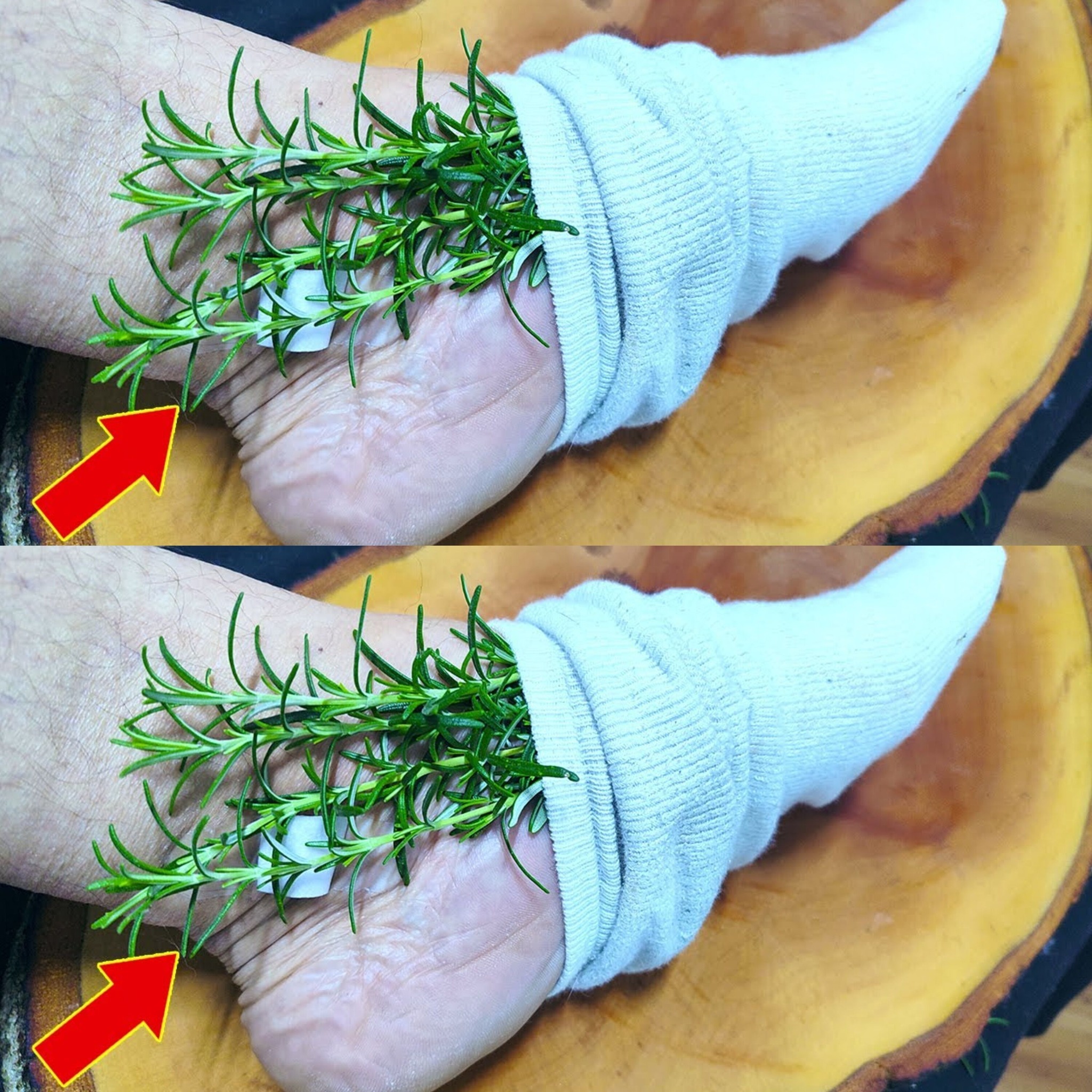Understanding Varicose Veins and Leg Pain
Varicose veins are swollen, twisted veins that can become visible just beneath the skin’s surface. These veins can appear bluish or purplish and often lead to discomfort, ranging from aching and heaviness to sharp pain in the legs. While varicose veins are a common concern, understanding their causes and finding effective remedies can significantly enhance your quality of life.
Causes of Varicose Veins
Varicose veins develop when the valves in the veins become weak or damaged, preventing blood from flowing properly back to the heart. Some common causes include:
- Genetics: A family history of varicose veins can increase your risk.
- Age: As you age, veins lose elasticity, making them more susceptible to swelling.
- Hormonal Changes: Hormonal fluctuations during pregnancy, menstruation, or menopause can affect vein health.
- Obesity: Excess weight puts added pressure on veins, increasing the likelihood of varicosities.
- Sedentary Lifestyle: Prolonged sitting or standing can lead to poor circulation and weakened veins.
Natural Remedies for Relief
Managing varicose veins and leg pain naturally can provide soothing relief. Here are some effective home remedies and lifestyle changes to help ease discomfort and improve leg health.
Cloves and Garlic Poultice
Cloves and garlic are both renowned for their health benefits. Cloves possess powerful anti-inflammatory properties that can help reduce swelling, while garlic is known to boost circulation, making this combination particularly effective.
How to Use:
- Ingredients Needed:
- A handful of cloves
- A few garlic cloves
- Preparation:
- Crush the cloves and garlic into a paste using a mortar and pestle or food processor.
- Application:
- Apply the paste directly to the affected areas.
- Wrap the area with a clean cloth to hold the mixture in place.
- Leave it on for about 20-30 minutes.
- Rinse off with lukewarm water.
- Frequency:
- Repeat daily for the best results.
Elevation and Gentle Exercise
Elevating your legs is a simple yet effective way to reduce pressure in the veins and enhance blood flow. Here’s how to incorporate this remedy into your daily routine:
Leg Elevation:
- Technique: Lie down and elevate your legs above the level of your heart for at least 15 minutes, several times a day.
- Benefits: This helps to decrease swelling and encourages better circulation.
Gentle Exercises:
Engaging in low-impact exercises can help promote circulation and reduce symptoms. Consider the following activities:
- Walking: A simple yet effective way to get your blood flowing.
- Swimming: The buoyancy of water can relieve pressure on your legs.
- Cycling: This promotes movement without excessive strain on the veins.
Dietary Adjustments
Your diet plays a crucial role in maintaining vein health. Incorporate these dietary changes to support your circulatory system:
Foods to Include:
- Antioxidant-Rich Foods: Berries, nuts, and green leafy vegetables are packed with antioxidants, which can strengthen blood vessels.
- Anti-Inflammatory Foods: Incorporate fatty fish, olive oil, and turmeric to help reduce inflammation.
Stay Hydrated:
Drinking plenty of water is essential for maintaining proper blood flow. Aim to consume at least 8-10 glasses of water daily to stay hydrated and support your circulatory system.
Lifestyle Tips for Managing Varicose Veins
In addition to the remedies mentioned, here are some lifestyle changes you can adopt to help manage varicose veins effectively:
Compression Stockings
Wearing compression stockings can provide immediate relief for varicose veins. These specially designed stockings apply pressure to the legs, helping blood move more efficiently back to the heart.
- How to Use: Wear them during the day and remove them at night. Choose a pair that fits well and provides adequate compression.
Avoid Prolonged Standing or Sitting
Changing your position frequently can help reduce pressure on your legs. If your job requires sitting or standing for long periods, consider these strategies:
- Take Breaks: Stand up and walk around every 30-60 minutes.
- Leg Stretches: Incorporate simple leg stretches or calf raises to promote blood flow.
Maintain a Healthy Weight
If you are overweight, losing even a small amount of weight can significantly reduce the pressure on your veins. Focus on a balanced diet and regular exercise to achieve and maintain a healthy weight.
Conclusion
Managing varicose veins and leg pain naturally is a gentle yet effective approach to improving your overall leg health. By incorporating remedies like cloves and garlic poultices, elevating your legs, making dietary adjustments, and adopting lifestyle changes, you can alleviate discomfort and enhance your quality of life.
While these tips can be beneficial, it’s essential to consult with a healthcare professional if your symptoms persist or worsen. Embracing these simple changes can lead to improved leg health and a more comfortable daily routine.
Tips for Success
- Consistency is Key: Regularly apply remedies and maintain lifestyle changes for optimal results.
- Listen to Your Body: Pay attention to how your body responds to different remedies and adjust as needed.
- Stay Informed: Keep up with the latest research on natural remedies and leg health for continued improvement.
FAQs
Q1: Can varicose veins be completely cured?
A1: While natural remedies can help manage symptoms, varicose veins may not be completely cured. However, lifestyle changes can significantly improve their appearance and reduce discomfort.
Q2: Are there any side effects of using garlic on varicose veins?
A2: Garlic is generally safe for most people, but some may experience skin irritation. Conduct a patch test before applying garlic paste to large areas of skin.
Q3: How long will it take to see results from these remedies?
A3: Results may vary based on individual health conditions and the severity of varicose veins. Consistent use of remedies and lifestyle changes can lead to gradual improvement.
Q4: When should I seek medical advice for varicose veins?
A4: If you experience severe pain, swelling, or changes in the color of your skin, consult a healthcare professional for further evaluation.

